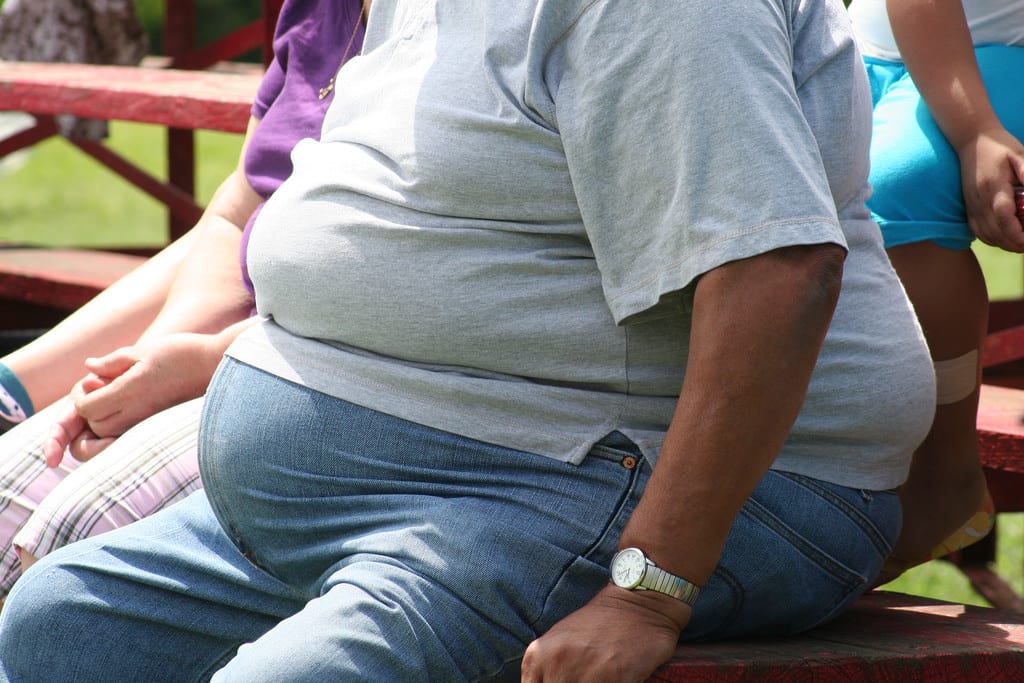
The Australian Institute of Health and Welfare advise that 1 in 5 seniors are obese and that this number has trebled over the last 20 years.
A recent report out of the US highlighted the increasing number of elderly clients in aged care who were morbidly obese and as a result were in need of higher levels of care and support.
The obesity epidemic challenges our image of aging. When we think of the elderly we generally imagine them as smaller and slight of frame. This stereotype is quickly being challenged by the increasing demographic of obesity among developed nations. So we are seeing a group of older clients who will be suffering the effects of obesity as they age making the delivery of care challenging both in the community and residential facilities.
The effects of obesity on overall health is well-known, so as well as having an increased propensity to suffer from multiple chronic conditions these clients will also likely be impacted by limitations in their mobility and some level of disability. In the acute health system we have seen a shift to bariatric medicine becoming a specialism for both medicine and nursing. In addition there has been a much greater use of bariatric equipment and supplies in acute health care.
Are we ready for the cost of bariatric care of the aged? Providing for specialist equipment designed to accommodate bariatric clients is a hidden cost that providers will need to consider and factor into their design, purchasing and maintenance budgets. There is limited data on the additional cost associated with this equipment one article suggested that the cost difference between a normal hospital bed and a bariatric bed was greater than $5,900.
Aside from the cost of equipment these clients place extra demands on the care staff needs to attend to their daily living needs. Again, this is an area where limited data exists to support arguments for enhanced funding. The Australian Bariatric Innovation Group has begun to look a the special needs and considerations of this group of clients from a health and care perspective and has developed a range of resources and information for practitioners and providers alike.
In Australia, the Australian Institute of Health and Welfare advise that 1 in 5 seniors are obese and that this number has trebled over the last 20 years. There is a growing awareness of this issue and its impact in aged care as evidenced by some conferences, forums and papers on the issue but it is a ‘slow burner’, not unlike the history in the US. In the US the first scholarly articles on obesity in health and aged care began to emerge in early 2000 but the issue is only now hitting the mainstream press in that country.
More advocacy and action is needed if community and residential care organisations are to adequately and safely address the risks, staffing and care issues associated with clients who are obese.
Trusted Site For Generic Cialis buy orlistat online Direct Acticin Nix
Where can i find a nursing home in Sydney that caters for an obeß person